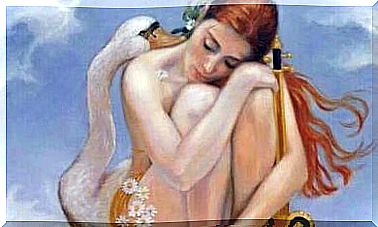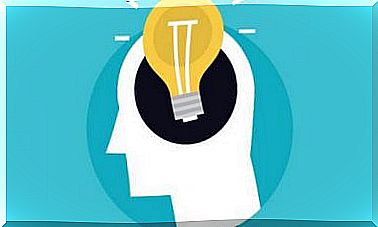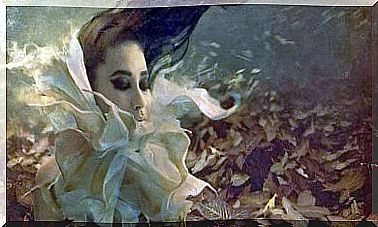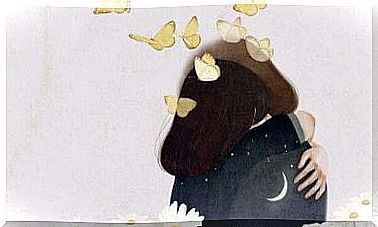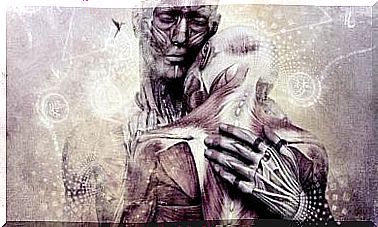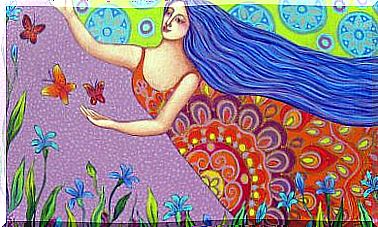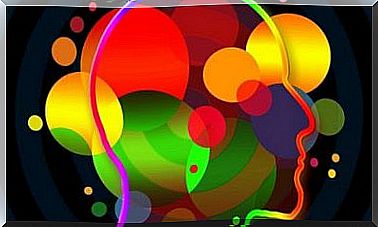Joker, The Perfect Antagonist
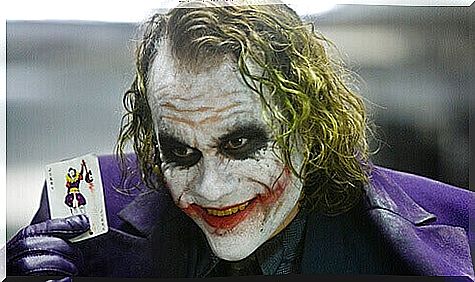
The Joker is one of the most well-known and loved antagonists of the general public. His popularity is such that he no longer needs Batman to be recognized: in 2019 he landed in the cinema with a film entirely dedicated to him and played by Joaquin Phoenix.
There are various actors who have played him over the years; Heath Ledger certainly stands out among all, whose interpretation of the Joker earned him a posthumous Oscar award that transformed both the actor and the character into true icons of cinema. Also not to be underestimated are other interpretations of enormous quality, such as that of Jack Nicholson. Cinema has contributed, to a great extent, to making the image of the Joker mythical and indelibly associated with the eternal antagonist.
The evolution of the Joker antagonist
Until the 40s Batman belonged to the Detective Comics series , but from that moment on the character separates and becomes the protagonist of a comic that takes his name. Like any self-respecting superhero, he needed a rival, and here the figure of the Joker begins to take shape, whose authorship has been widely discussed. The first Joker resembled the Joker figure in poker, from which it takes its name, had a less elaborate role and was a common enemy.
Over time his popularity has increased to make him a key figure in Batman comics, almost as if the two characters were two sides of the same coin : good and evil, inseparable, indissoluble.
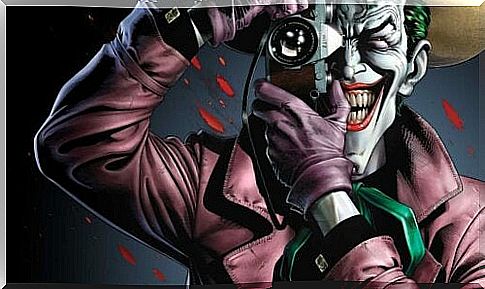
This is the idea that acclaimed British director Alan Moore tried to convey with his Batman: The Killing Joke, revealing an intimate similarity between protagonist and antagonist: if Batman’s goodness isn’t all that pure, neither is evil. of the Joker it is. Batman: The Killing Joke was born in a period of crisis, when the usual editorial laws no longer work, the old man was getting bored and the Joker’s jokes had stopped entertaining.
Moore managed to make a radical change by attributing his true personality to the Joker, no longer a flat and superficial character, but an antagonist with an essence of his own. Thanks to Moore, Joker has abandoned the role of secondary character who, although inserted within interesting plots, remained in the background limiting himself to being an appendage of Batman.
From that moment on, interest in the antagonist and in his dark and confused past, of which very little was known, increases; curiosity increases for a character whose real nature was unknown: has it always been like this or is it the result of a bad day? Moore has pieced together the missing pieces of the puzzle and traced the main traits of the Joker’s true personality, the cause of his insanity.
Who is Joker?
His physical appearance is a real mockery of Batman: on the one hand the serious, dark and tragic past protagonist; on the other, his comical, eccentric and colorful antagonist.
His physical appearance, explained in various ways in the history of the comic, is due to his fall into a tank containing chemical residues that have disfigured his face, burning his skin. Some authors portray him wearing makeup, others explain that the color of the lips is due to contact with chemical agents.
- In Batman: The Killing Joke Joker remembers his past in various ways via flashbacks that we don’t know if they are real or not.
- In Batman: Mad Love the Joker talks to Harley Quinn about her sad past, about problems with her father, while to Batman he tells a similar version but with variations.
- In the film Batman (1989) directed by Tim Burton starring Jack Nicholson as the Joker, he is given the name of Jack Napier and we witness his transformation into the Joker after falling into a tank containing chemicals.
- Heath Ledger’s Joker has a more realistic tone, closer to the figure of the criminal, of the serial killer who leaves his mark on the side of each of his victims, following the typical trend of the first comics.
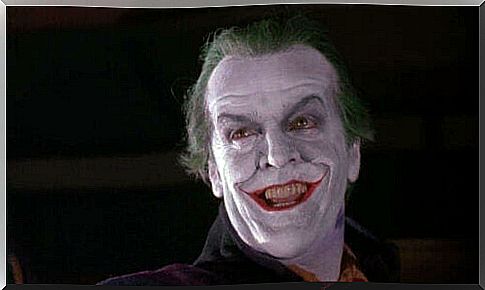
Madness and charm
There is no defined and clear past of the character, but multiple versions that portray him in different ways, while always preserving his uncertain past. The Joker tends to invent stories and manipulate them to achieve his goal, just like in Batman: Mad Love.
We do not know what is real and what is a lie, but we can guess a dark past and perhaps not so distinct from that of Batman himself, who together with his sadism build the antagonist we all know.
Sadistic, lashing, extremely intelligent, crazy, manipulative… this is how the Joker appears in all its variations. Madness is intimately linked to this character and transpires in his relationships with those around him, as with Harley Quinn: despite being his psychiatrist, she falls in love with him and his madness. Because the Joker has that fascinating something, that narcissistic, self-centered and cruel aura that inevitably captures us.
His taste for jokes, his mockery of things that no one else would laugh at, his playing with life and death, his twisted but incredibly elaborate and intelligent plans have made him the perfect antagonist. The absolute villain, so perfect in his archetype, that he manages to make us fall in love.
The bad
Although he does not know his past and although Moore has tried to obscure good and evil, the truth is that the Joker is the perfect psychopath, the villain of literature or cinema for no reason. Without a real reason that directed him on that path. The versions are many and the proposals varied, but they all coincide in drawing an unscrupulous sociopath whose only goal is to disseminate chaos.
We tried to attribute to the antagonist everything that the hero is or cannot be: if Batman is order, Joker is chaos; if Batman is good, Joker is evil … But the figure of the villain is much more complex and has been analyzed in different areas; the interpretations of the concept of antagonist are so broad that it is difficult to classify them.
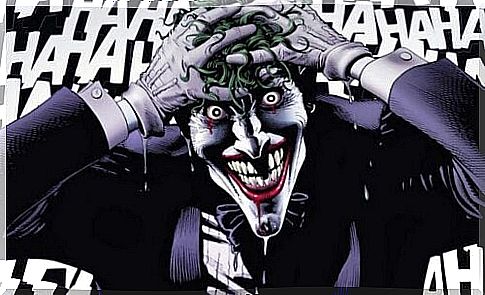
The archetype of the antagonist appears within artistic manifestations of a different nature; the villain is not always a character, but he can become an institution or a group. We tend to associate it with stories, with popular tradition, where the archetypes are clear and the characters are modeled and configured on the basis of them.
Vladimir Propp made a profound study on the morphology of the tale, indicating 31 common or recurring points in all fairy tales. Among these, of course, also the presence of an antagonist and his relationship with the hero. His analysis is reflected in all fiction, even in more in-depth works, including comics and the world of cinema.
The figure of the hero becomes essential in Propp’s scheme. Every hero needs an antagonist, a character who tries to hinder him, hurt his family, destroy their plans and ultimately contribute to the construction and mythicization of the hero himself.
